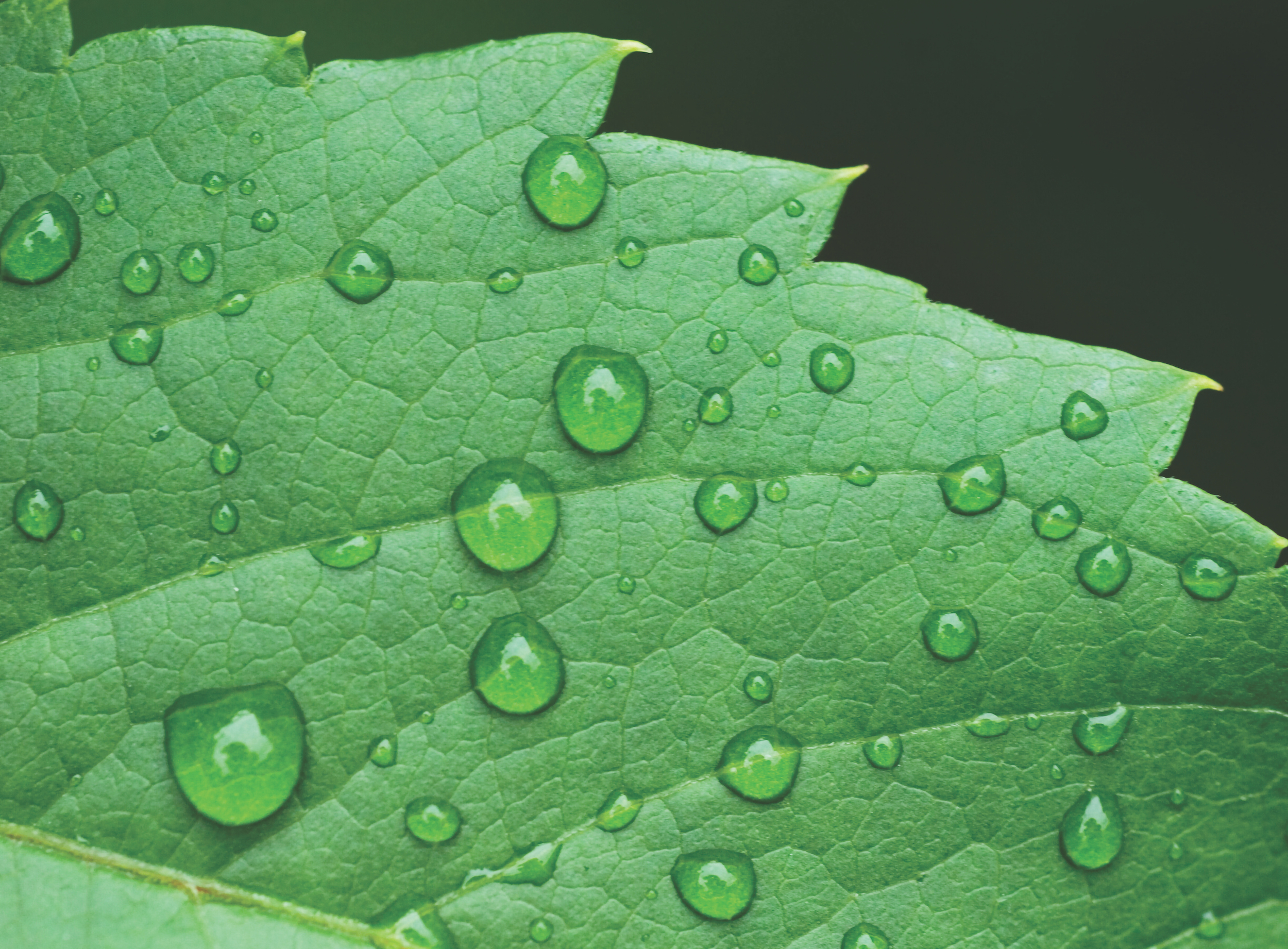
Water Wonders
The water cycle is the system by which Earth’s water is collected, purified, and distributed from the environment to living things and then returned to the environment.

The water cycle is the system by which Earth’s water is collected, purified, and distributed from the environment to living things and then returned to the environment.
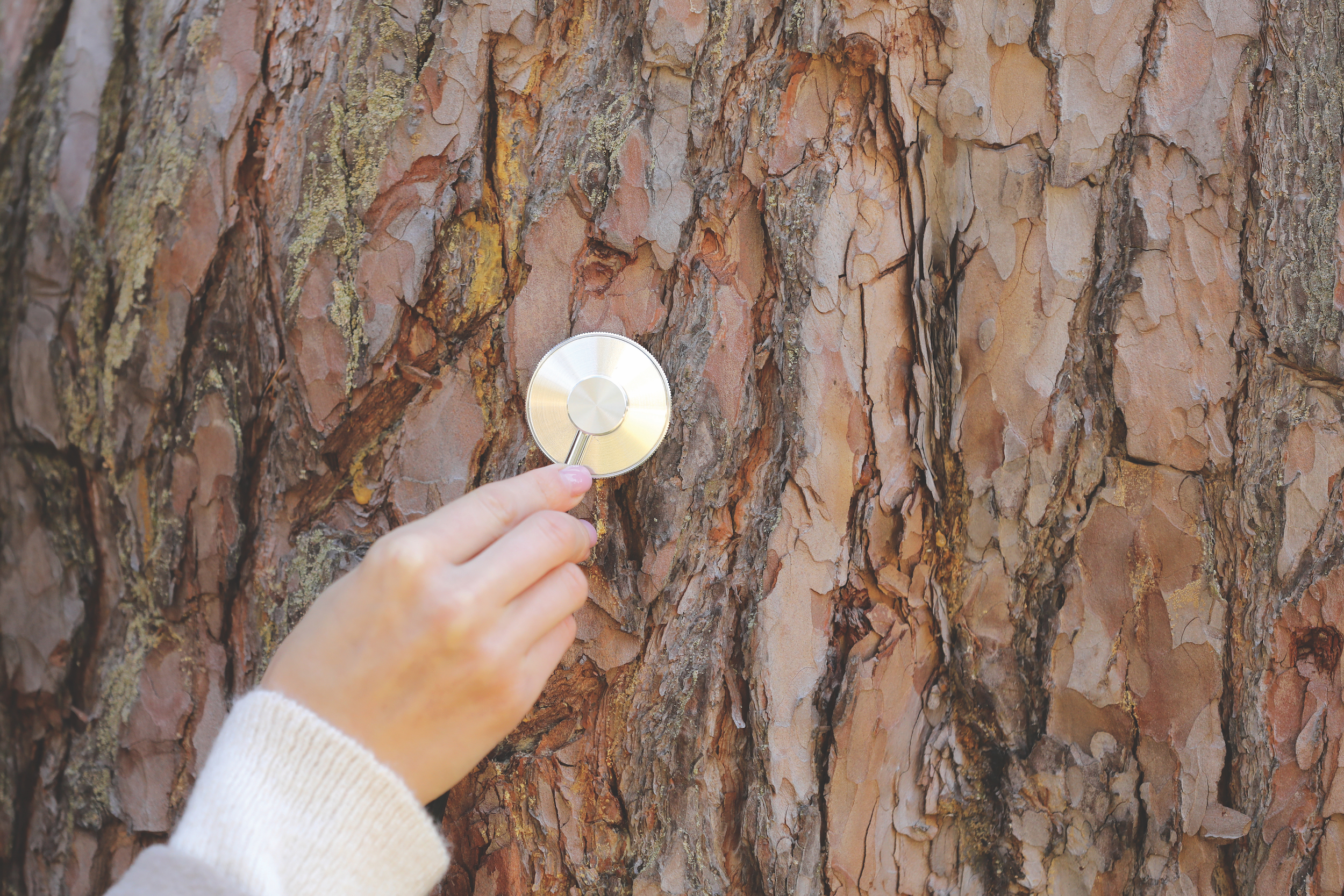
Students examine trees for signs of damage or poor health and investigate conditions that may cause trees and other plants to become unhealthy.

By reading a story such as The Lorax by Dr. Seuss, students can examine the importance of conserving natural resources.
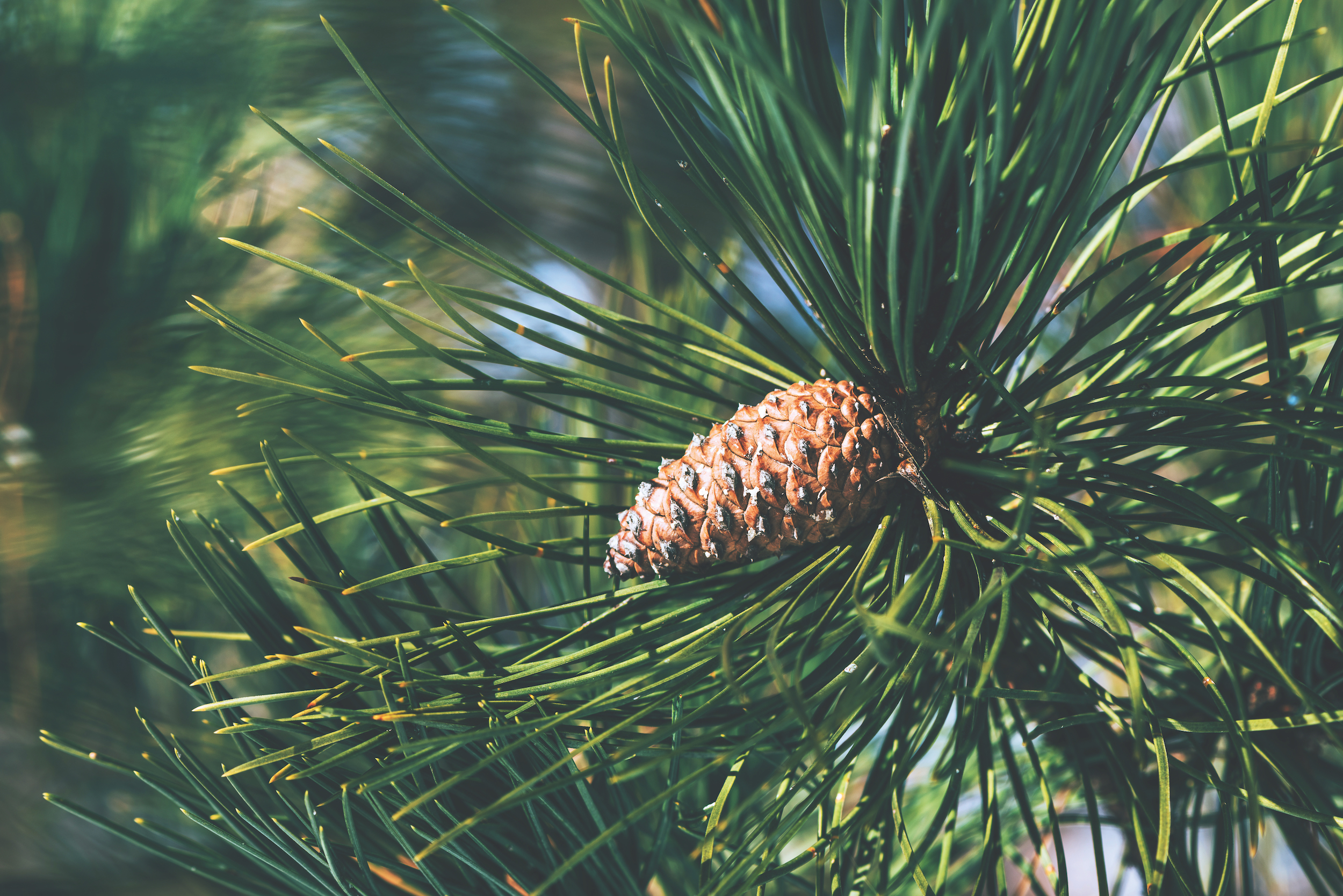
Tree species can be identified by looking at several different features: leaves, bark, twigs, flowers, fruit, and seeds. Even the overall shape of a tree can give clues to the tree’s identity.
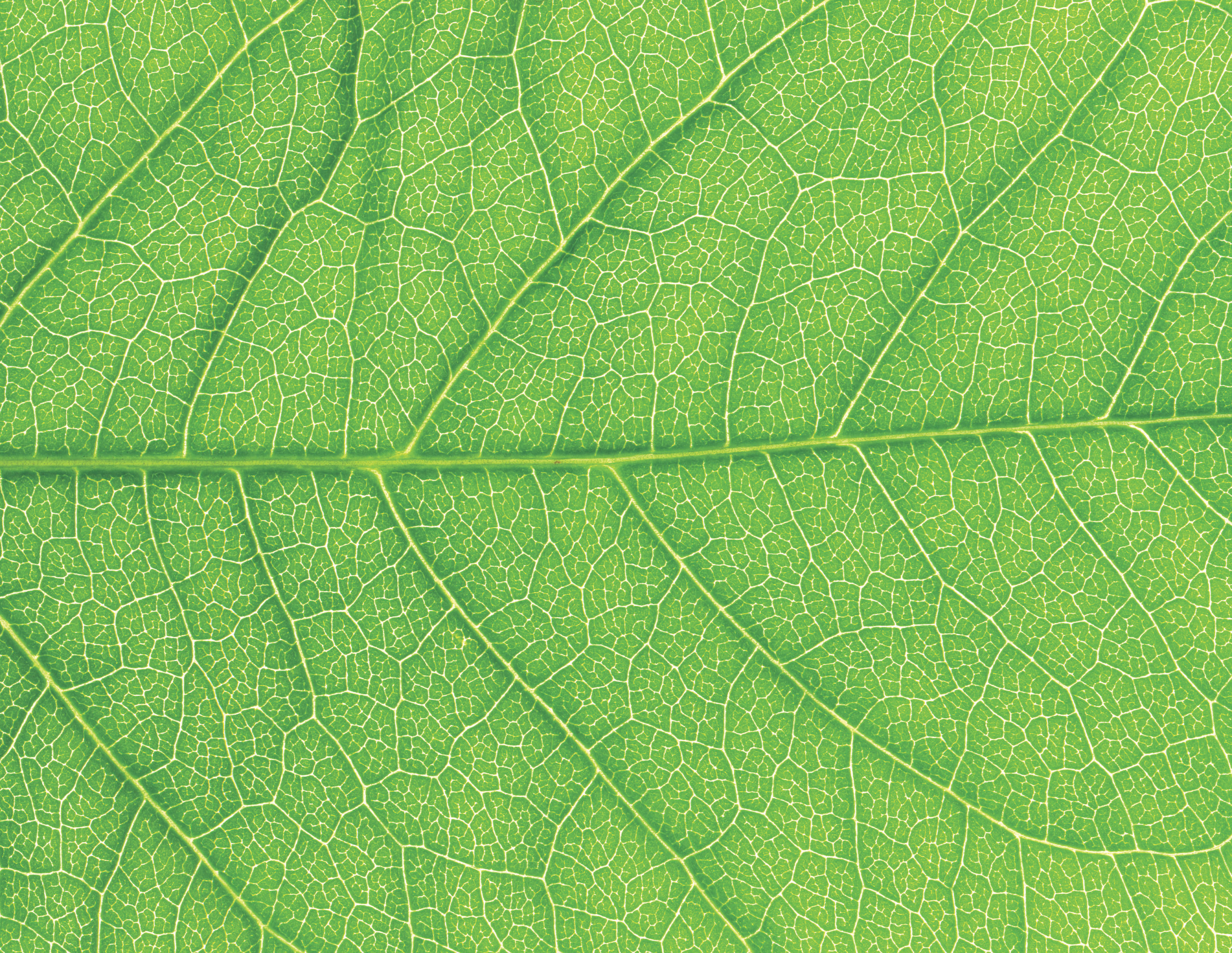
By modeling the parts of a tree and creating a “tree factory,” students will learn about the structure of a tree.
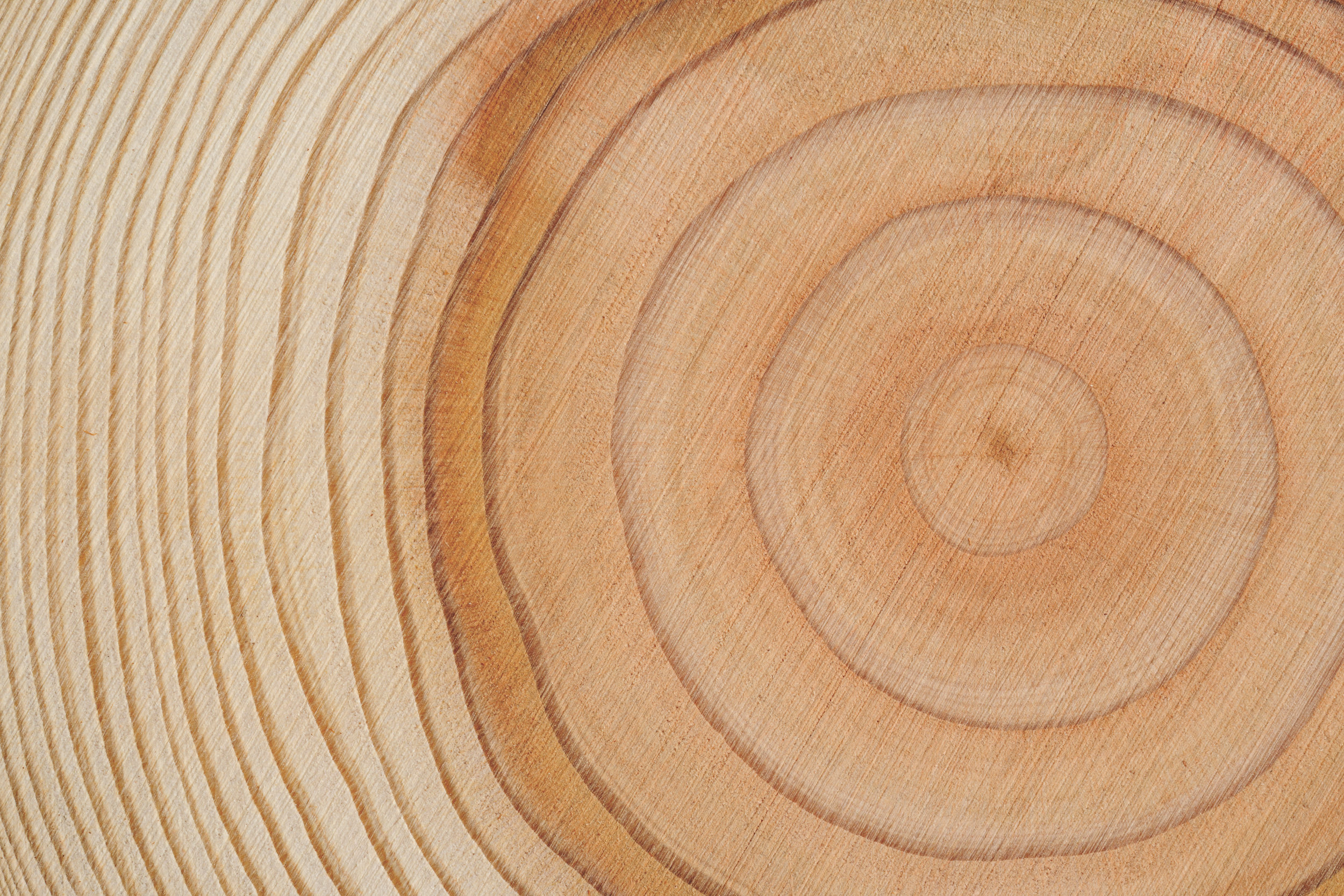
Tree rings show patterns of change in the tree’s life, as well as changes in the area where it grows. Students will trace environmental and historical changes using a cross-section of a tree.
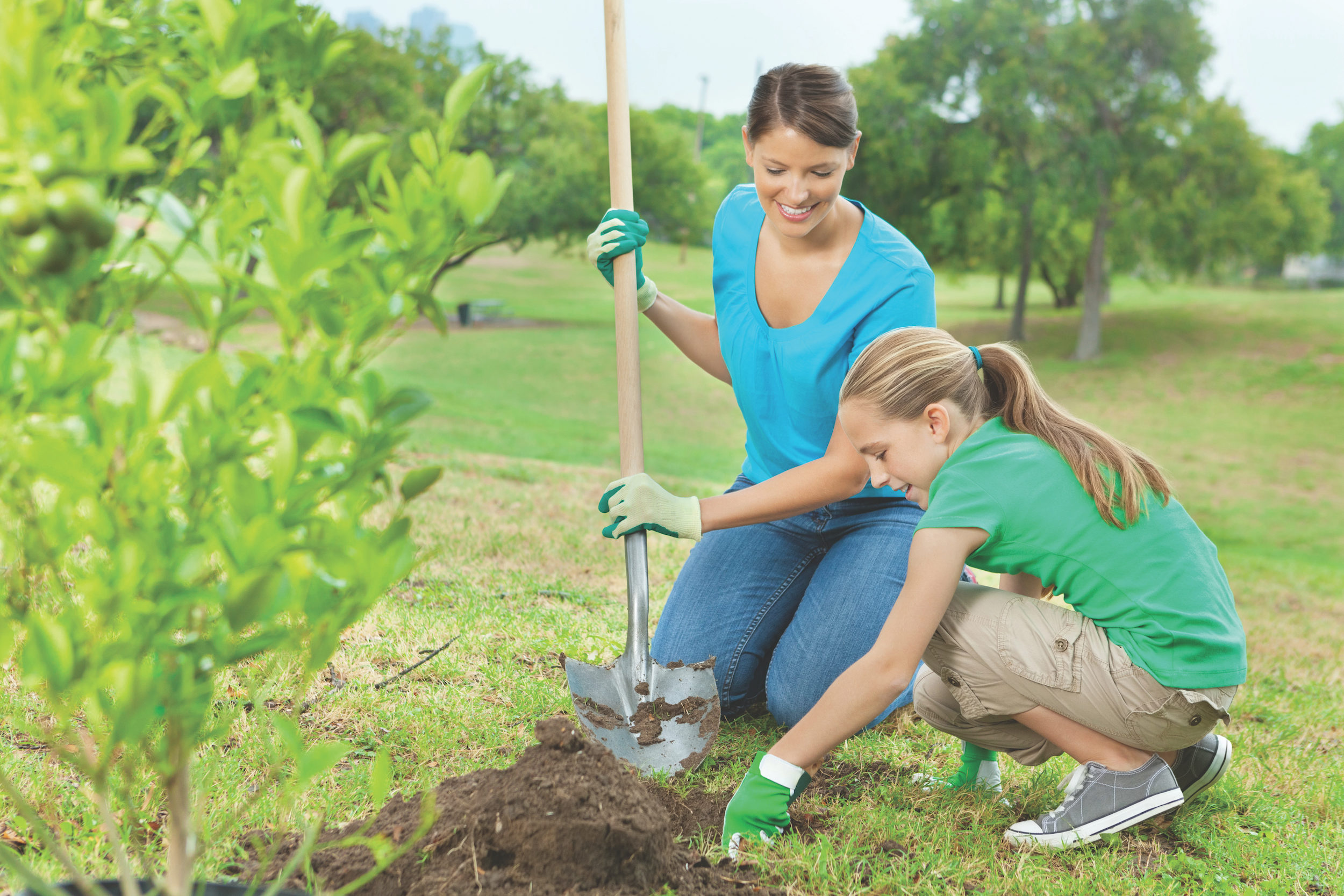
Students explore differences in soil types and what those differences mean to people and to plants. They also investigate the role soil organisms play, both in building soil and in decomposition.
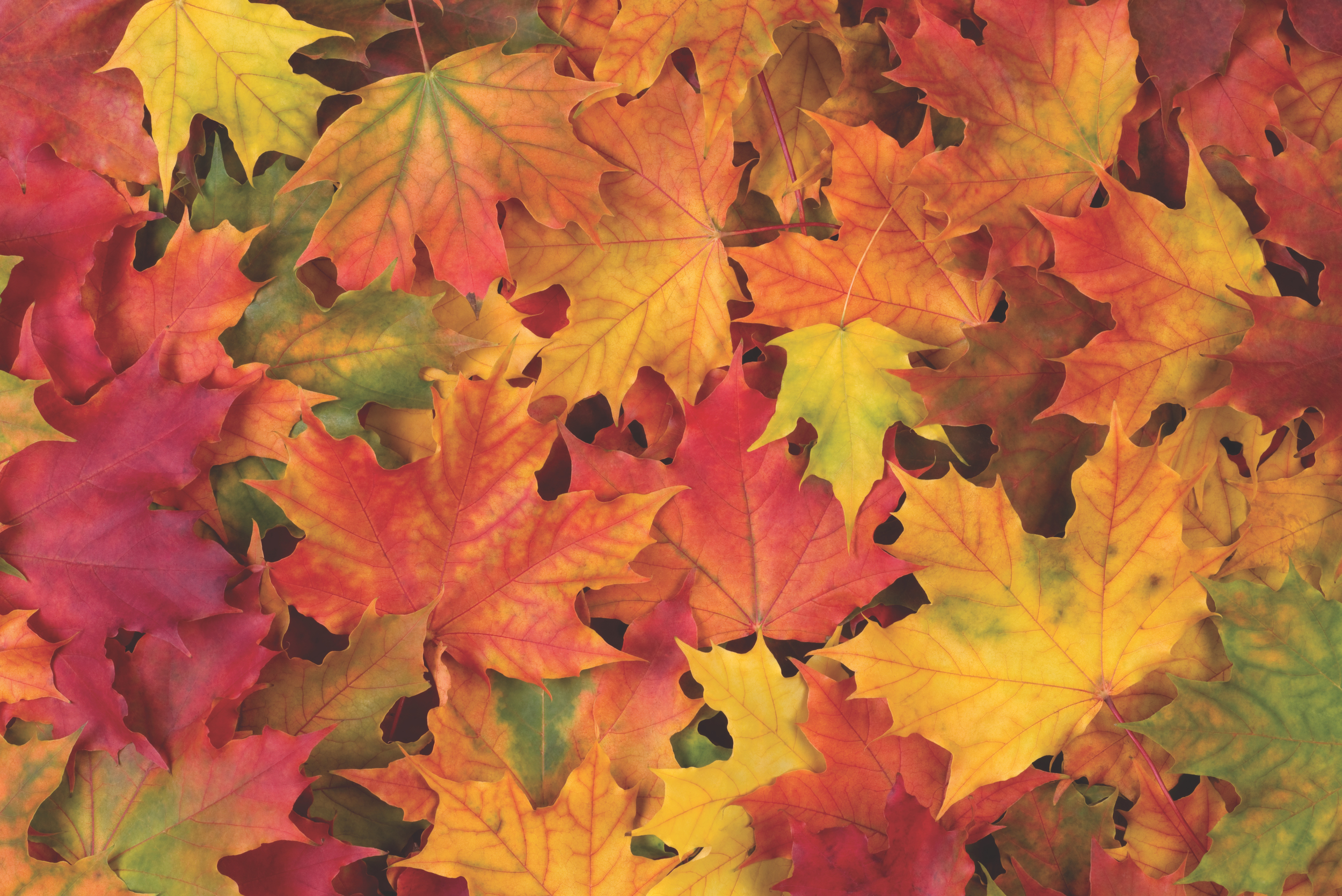
Students will look for signs of autumn and conduct an investigation to discover why the leaves of deciduous trees change color in the fall.
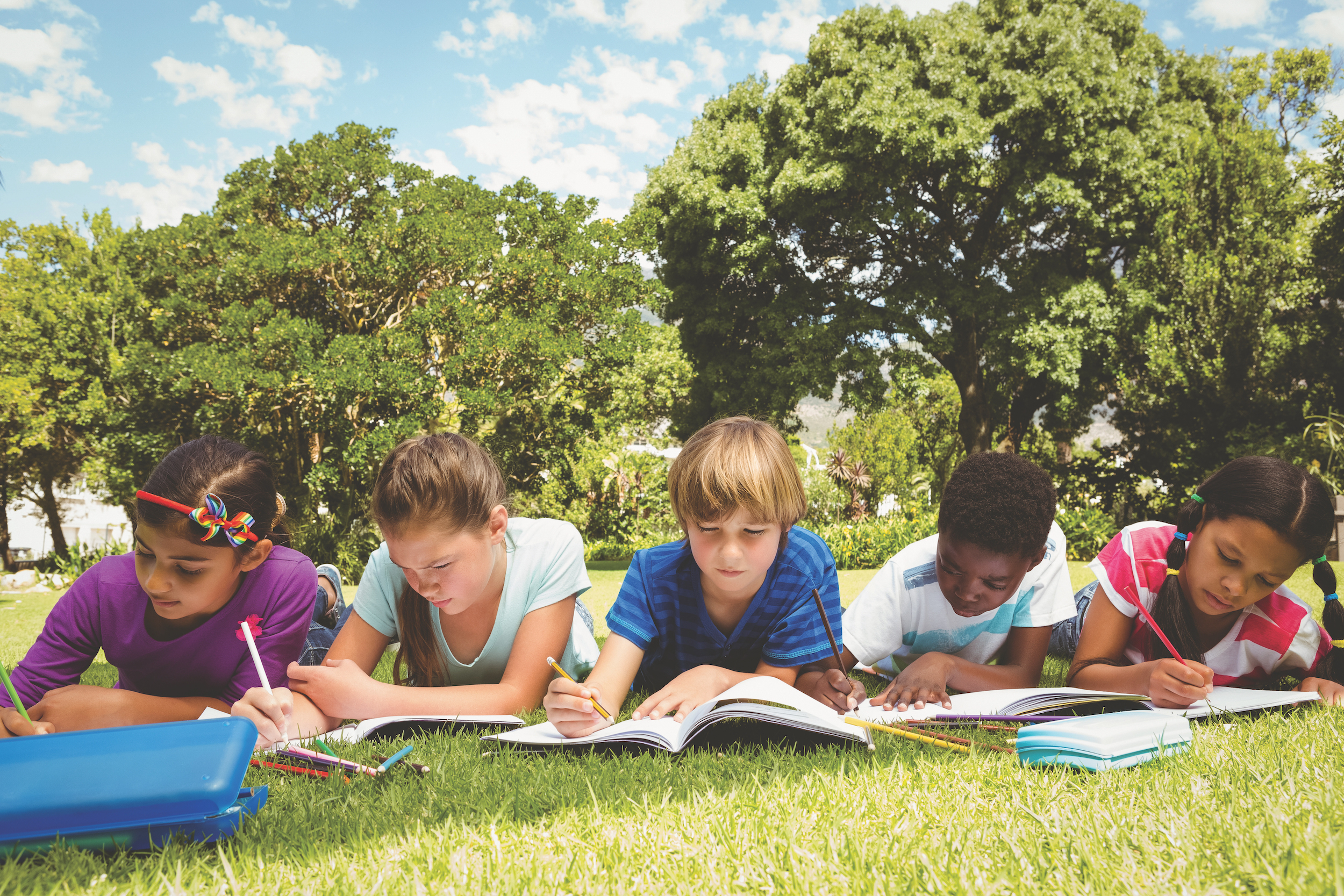
Writing and sharing poems gives students an opportunity to express their thoughts, feelings, and beliefs in creative and artistic ways. You can do this activity in combination with Adopt a Tree, to allow students to explore their adopted tree.

Nearly everything we buy comes in some sort of package. Students examine the pros and cons of different packaging and design an “ideal” package.